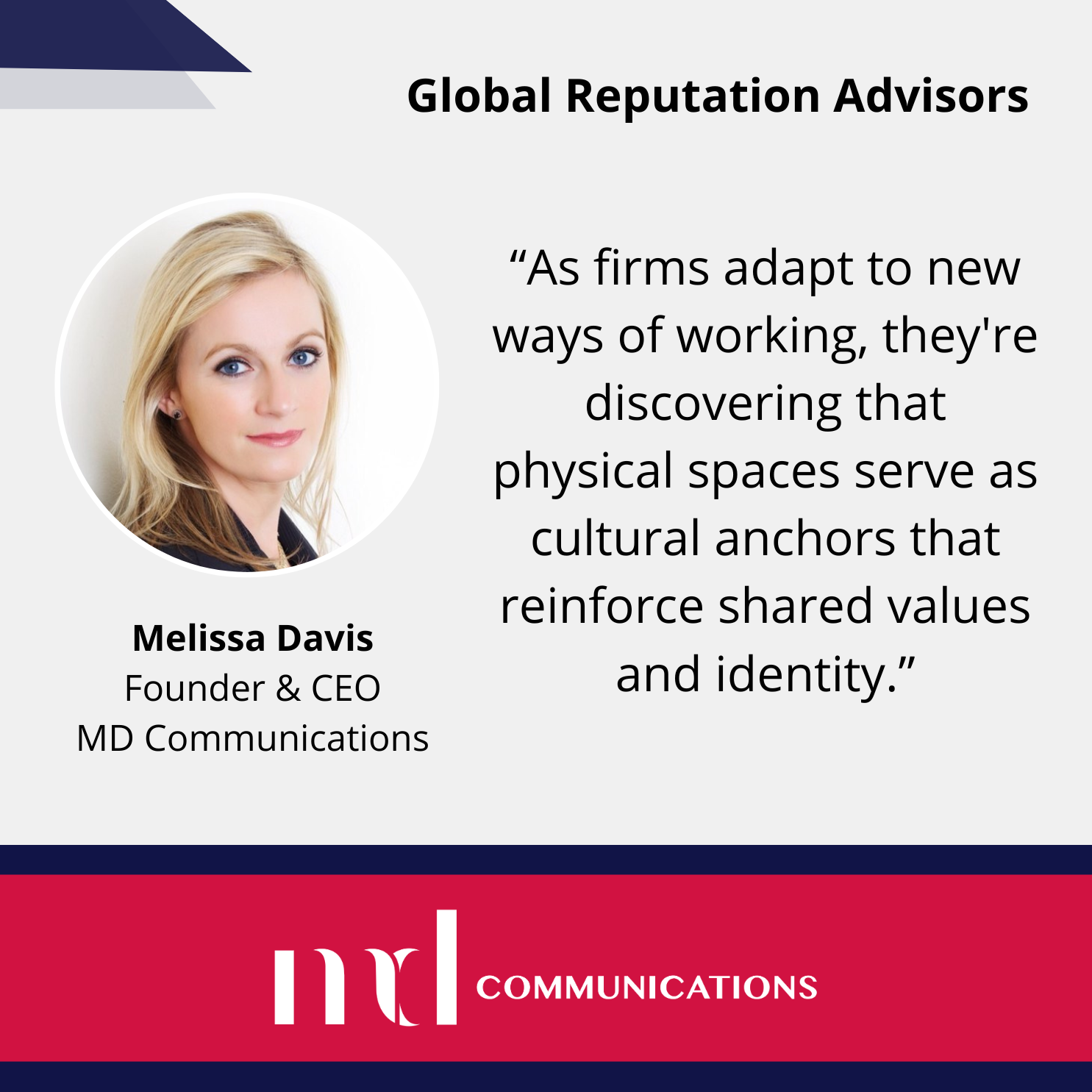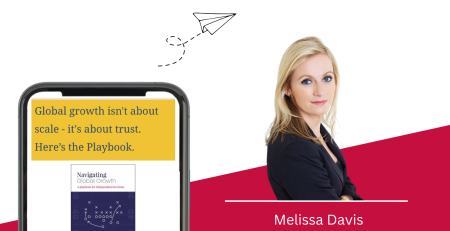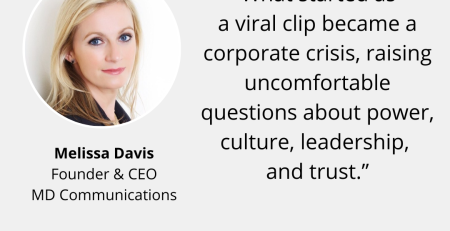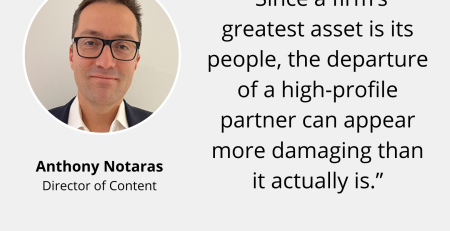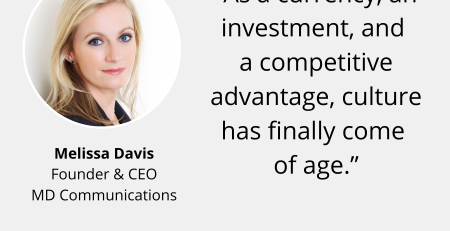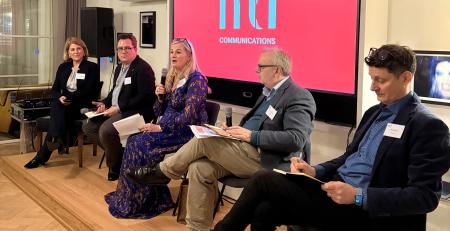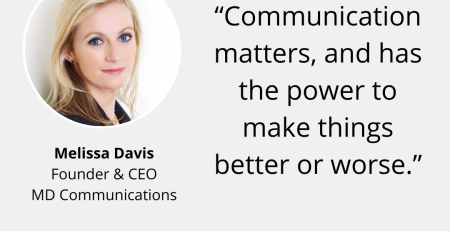In a hybrid world, 94% of legal professionals still value physical office spaces. Our CEO Melissa Davis explores how the legal workplace is transforming from where work gets done to where people gather, learn and collaborate.
Legal workplaces, like offices in general, are experiencing something of a renaissance.
Admittedly, that’s off the back of one of the longest hangovers in living history. While working from home still happens, most workers have now returned to the office at least three days a week. But whether that’s through preference or has been mandated by the employer, the ‘new normal’ workplace is not what it used to be.
Amid the slow-to-clear post-pandemic fug, people are seeing workplaces in a different light. As Professor Lynda Gratton of London Business School observed (back in 2022) in Redesigning Work, “The office isn’t going anywhere, but its purpose has fundamentally shifted.”
Fast forward to today
Five years from the first COVID lockdown in the UK and this shift in meaning and purpose is yet more pronounced, especially in the legal sector.
Our What Lies Ahead 2025 report reveals an overwhelming 94% of legal professionals believe offices are still a key ingredient in a hybrid working mix. Far from being rendered obsolete by remote work practices and technologies, physical workplaces are fast evolving. They’re becoming more purposeful places to gather, collaborate and learn. And they’re still a bedrock of organisational culture.
From workstation to connection hub
Traditional views of offices as places where work is completed are long overdue for retirement. As a respondent in the report notes, “The role of the office is not where work gets done, but rather where people have a place to gather.” And this is changing how firms think about their physical environments.
For junior lawyers in particular, the office serves as a vital learning stepping stone. The informal mentoring, observation of senior practitioners, and spontaneous knowledge-sharing that happens in person is difficult to replicate virtually. This developmental aspect is a major reason why offices remain indispensable and are even seeing a renaissance.
There’s a delicate balance between hybrid flexibility and office culture. As firms adapt to new ways of working, they’re discovering that physical spaces serve as cultural anchors that reinforce shared values and identity. David Patient, former Managing Partner at Travers Smith, puts it simply, “For law firms who wish to provide the best client service, offices are vital.”
Facilitating advantage
Boutique and midsize firms are discovering that thoughtfully designed office environments can give them an edge in the talent market. While they lack the facilities budgets of global firms, they can still create distinctive, collaborative spaces that reflect their unique culture and values.
Richard Sallybanks of BCL Solicitors emphasises that “high-quality work is non-negotiable, but it’s the workplace culture that will differentiate successful firms.” When smaller firms cannot compete on salary, the quality of their work environment becomes increasingly important.
Recruiting and retaining a younger workforce also means meeting expectations. As Arty Rajendra of Osborne Clarke comments, “firms that prioritise a healthy work environment may attract top Gen Z talent, while those that do not may find they have higher turnover rates and lower employee satisfaction at that level.”
How to create workspaces that work
With April marking a new financial year and ‘spring-clean’ season, you might be hatching positive changes to your workplace. That could be a redesign, a modest reconfiguration, or simply a refresh.
Here are a few ways you can create spaces that support your culture, put your people first and follow best practices:
- Engage teams
Bring people into the process through surveys and workshops to understand how spaces are used – what’s working and what isn’t. Involving people at all levels in the new design helps people feel seen and heard.
- Think design… early
Design spaces for activities such as quiet zones for focused work, collaborative areas, social spaces for connection and learning. Building inclusivity into design from the outset helps to meet everyone’s needs including accessibility and diverse cultural practices.
- Blur boundaries
Creating spaces that feel less institutional puts people at ease. These ‘home comforts’ can transform rigid, traditional office environments into a workplace where people want to spend their time and promote productivity.
- Blend technologies
Remote working doesn’t always mean working remotely. Technologies like video conferencing, digital whiteboards and reliable connectivity in meeting rooms, collaborative spaces and individual workstations support hybrid work.
- Make a statement
Intentional and thoughtful design of workspaces is an opportunity to show what matters to your firm. Artworks, design details and sustainable choices of materials can communicate your culture in subtle ways to staff and visitors.
- Measure what’s working
Knowing how spaces are being used gives you insights into how to improve the environment over time. A people-technology combination could include occupancy sensors, satisfaction surveys and regular feedback sessions.
Shiraz Sethi, Senior Partner at Dentons UAE, recognises how this links to culture, “The biggest challenge for law firms going into 2025 is culture within the workplace and how this plays a pivotal role in recruitment of staff and retention.” A thoughtfully designed office is one of the most tangible expressions of that culture.
Balancing virtual and physical connection
The challenge for legal workplaces in 2025 will be striking the right balance between virtual flexibility and physical connection. The report highlights how technology enables remote collaboration, while in-person interaction is an irreplaceable part of legal practice and firm culture.
Christine Blaise-Engel of Fidal describes the evolving role of offices as places for meaningful connection rather than just completing work in an “interconnected world”. Rethinking how physical spaces are designed and used to maximize their value when people come together.
And for law firms amid a merger, office environments play a crucial role in cultural integration. Michael Pattinson, Global Chair of Interlaw, emphasises that a “shared culture is undoubtedly the key to a successful merger.” Physical spaces where team members from different legacy organisations can connect, collaborate and build relationships are essential to a cohesive culture.
Looking ahead
As we move through 2025 and beyond, legal workplaces will continue to evolve. As What Lies Ahead makes clear, the pendulum is swinging back toward valuing physical workspaces, but with a new appreciation for their role in cultural development rather than simply as places to get stuff done.
Tim Richards of Michelmores notes that “empowering our people to live and breathe our values” creates “a unified brand experience that not only delights our clients but also inspires trust and loyalty.” The office environment is a powerful tool for making that empowerment a daily reality.
For firms looking to strengthen their employer brand, investing in workplace design that supports both cultural values and practical needs can yield significant returns. And where 94% of professionals value physical workspaces and 80% cite culture as critical, the office remains a central pillar of both talent strategy and brand identity.
The legal workplace isn’t disappearing. It’s transforming into something more purposeful, more human-centred and more essential than ever before.
Get your copy of What Lies Ahead 2025


